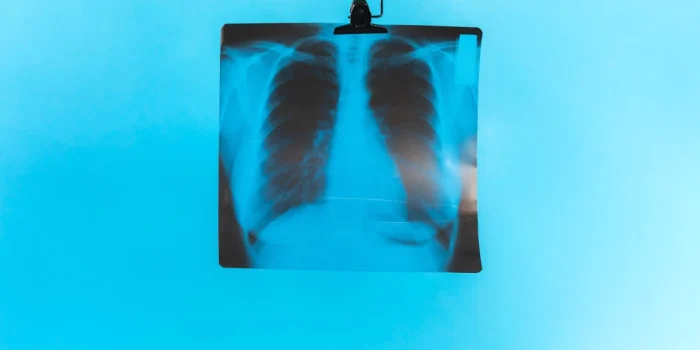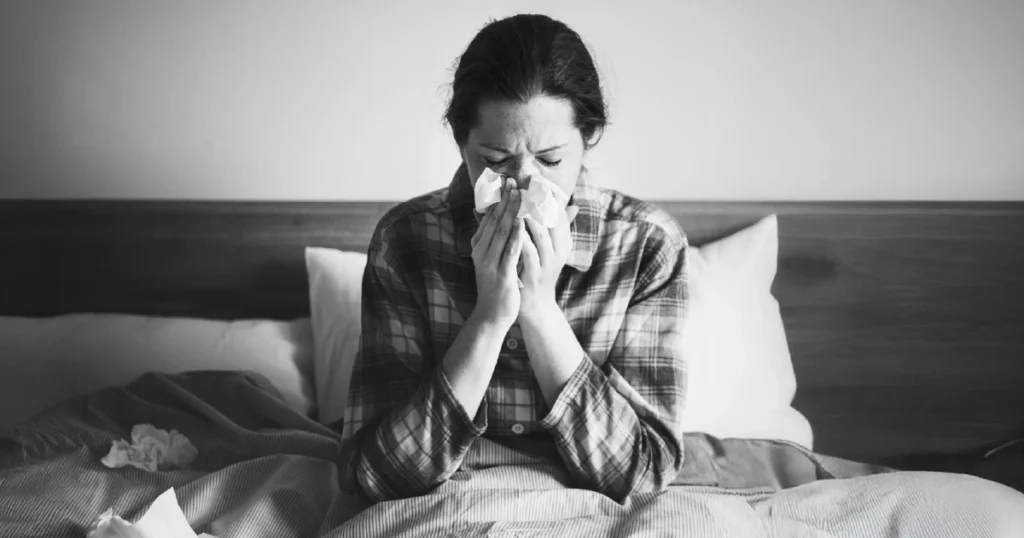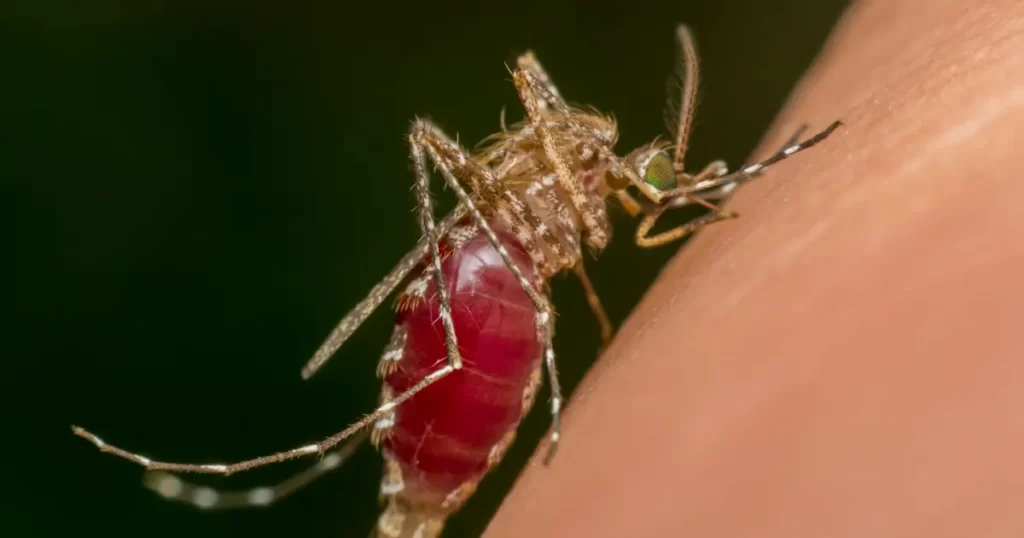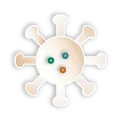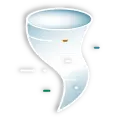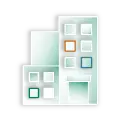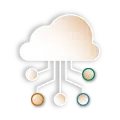Introduction
Every November 8, healthcare professionals across the globe commemorate the International Day of Radiology—a moment to reflect on how imaging has transformed medicine. This worldwide observance is dedicated to Celebrating Medical Imaging Today, acknowledging radiology’s vital role in detecting, diagnosing, and treating diseases before symptoms even appear.
From simple X-rays to advanced MRI, CT scans, and AI-powered technologies, medical imaging gives doctors a window into the human body—allowing them to visualize internal processes without invasive procedures. In many ways, imaging has become the heartbeat of modern diagnostics.
How will continued innovation in medical imaging shape the future of healthcare and the way we understand the human body?
The Legacy of Radiology
The International Day of Radiology honors Wilhelm Conrad Röntgen’s groundbreaking discovery of X-rays in 1895—a scientific leap that earned him the first Nobel Prize in Physics. His work marked the beginning of a new medical era, where physicians could “see” inside the body for the first time [1].
The global celebration of this discovery began in 2012, led by the European Society of Radiology (ESR), the Radiological Society of North America (RSNA), and the American College of Radiology (ACR). Since then, the day has expanded to include more than 200 national radiological societies, hospitals, and research institutions. Each year, the initiative grows, inspiring greater public appreciation for this life-saving discipline.
Why Radiology Matters
Radiology is often called the “eyes of medicine.” It bridges science, technology, and compassion—helping doctors detect disease early, guide treatments precisely, and monitor recovery effectively.
- Early detection: Imaging reveals illness before it becomes life-threatening, such as early-stage cancers, heart disease, and neurological disorders [2].
- Guiding treatment: Interventional radiology enables targeted procedures using real-time imaging, reducing surgical risks and recovery times [5].
- Tracking progress: Follow-up scans help assess how well treatments are working.
- Driving innovation: Advances in AI, 3D printing, and molecular imaging are revolutionizing patient care, making diagnoses faster and more accurate [3].
Radiology supports nearly every branch of medicine—emergency care, obstetrics, oncology, orthopedics, and beyond. Without it, modern healthcare would be incomplete.
Celebrating Medical Imaging Today in Action
Around the world, hospitals, universities, and radiology organizations participate in Celebrating Medical Imaging Today through outreach, education, and innovation.
- Public education campaigns: These initiatives teach patients about radiation safety, early screenings, and how imaging improves outcomes.
- Open house events: Many hospitals welcome the public into radiology departments, offering tours and demonstrations of imaging technologies.
- Professional lectures and webinars: Medical experts discuss new technologies—from AI-based diagnostics to advanced ultrasound techniques.
- Patient stories: Real-world examples highlight how imaging has changed lives—making diagnosis faster, more precise, and less invasive [4].
These activities demystify radiology and inspire public confidence in diagnostic imaging.
Radiology and the Future of Medicine
Each year, the International Day of Radiology focuses on a theme—such as brain imaging, cardiac imaging, or emergency radiology. These annual themes encourage collaboration and highlight radiology’s adaptability to the evolving challenges of global health [2].
Looking ahead, artificial intelligence is expected to enhance accuracy and workflow, especially in underserved areas. AI-assisted image interpretation helps radiologists detect subtle abnormalities more consistently, while machine learning supports faster reporting and improved patient outcomes.
Yet, human expertise remains irreplaceable. The partnership between radiologists and technology represents the true essence of innovation—combining empathy with precision.
A One Health Perspective
Radiology’s value extends beyond human healthcare. In veterinary medicine, environmental monitoring, and industrial safety, imaging technologies protect both people and ecosystems. This aligns with the One Health approach, which recognizes that human, animal, and environmental health are interconnected.
Sustainable imaging practices—such as proper disposal of radiologic materials, energy-efficient equipment, and radiation protection—strengthen healthcare systems globally [5]. By improving infrastructure and safety standards, nations not only save lives but also safeguard future generations.
Conclusion
This November 8, let us come together in Celebrating Medical Imaging Today. Radiology is more than a diagnostic tool—it is a symbol of clarity, innovation, and compassion.
As we honor radiologists, technologists, medical physicists, and engineers, we celebrate those who help make the invisible visible. Every image captured tells a story—of early prevention, informed care, and restored hope.
Through awareness and appreciation, we ensure that medical imaging continues to illuminate health for generations to come.
References
- International Day of Radiology. (2023). RadiologyInfo.org. Available at: https://www.radiologyinfo.org/en/info/article-idor
- European Society of Radiology (ESR) & European Federation of Radiographer Societies (EFRS). (2019). Patient safety in medical imaging: a joint paper. Insights into Imaging, 10(1), 109. Available at: https://www.sciencedirect.com/science/article/pii/S1078817419300094
- BMC Methods. (2024). Advances in medical imaging techniques: enhancing early detection and reducing invasiveness. BMC Methods, 1(1). Available at: https://bmcmethods.biomedcentral.com/articles/10.1186/s44330-024-00010-7
- Hameed, Z., et al. (2024). Early cancer detection using deep learning and medical imaging: A survey. Computers in Biology and Medicine, 174, 107824. Available at: https://www.sciencedirect.com/science/article/pii/S1040842824002713
- Sheahan, R. G., et al. (2024). Complications in interventional radiology: early detection and management. Irish Medical Journal, 117(4), 38–45. Available at: https://link.springer.com/article/10.1007/s11845-024-03845-9

